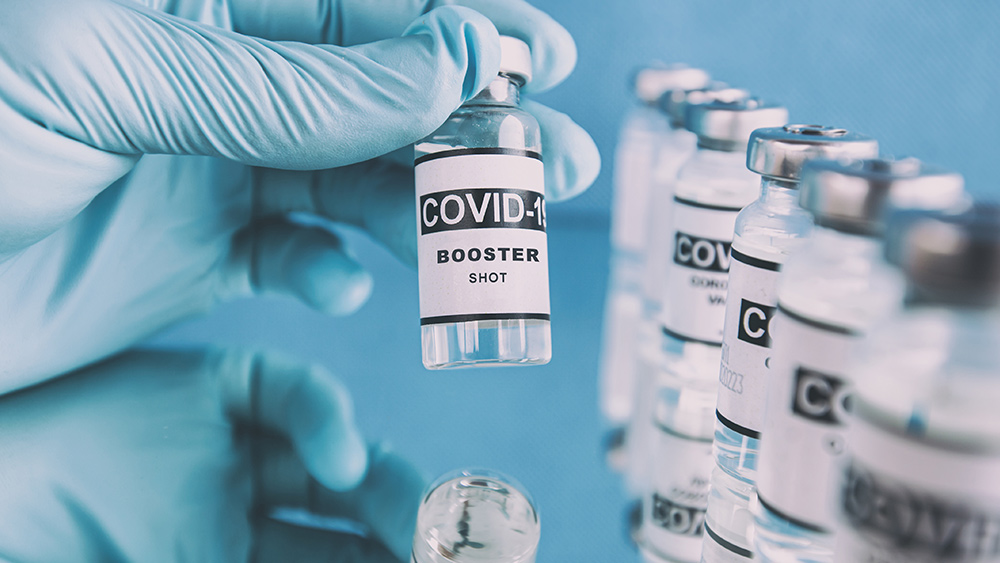Titanium biomedical implants being coated with diamonds to improve wear and resistance
06/05/2018 / By David Williams

Has the technology behind biomedical implants already reached its peak? Judging by the fact that there are still many instances in which people’s bodies reject their implants once they get them, it appears there’s still a lot of improvements that can be made.
That’s exactly what one group of researchers from Australia’s RMIT (Royal Melbourne Institute of Technology) University have been working on, and now they have succeeded. The research team successfully managed to coat 3D-printed titanium implants with diamond-based materials, which then allowed the implants to work without problems after being placed into the human body.
Titanium has been known to offer a fast, accurate, and fairly reliable source of materials for patient-specific, medical-grade biomedical implants, so it’s understandable how its use has become so widespread. However, the human body sometimes rejects it, and alternative solutions need to be used.
The body rejects titanium due to some of its chemical compounds, which get in the way of bone and tissue, thereby preventing them from interacting with the implants effectively. This is where synthetic diamonds come in as a working fix to the problem.
According to Dr. Kate Fox, the lead researcher who works as part of the team from RMIT University’s School of Engineering, they needed to find a way around the problem of titanium being rejected by the human body. “Currently the gold standard for medical implants is titanium but too often titanium implants don’t interact with our bodies the way we need them to,” she explained. “To work around this, we have used diamond on 3D scaffolds to create a surface coating that adheres better to cells commonly found in mammals.” (Related: U.S. Food and Drug Administration approves first ever 3D-printed spine implant to treat injuries.)

Fox also stated that instead of using titanium powder, they used “detonation nanodiamonds” to create the coating that they implemented because it’s cheaper. The coating also serves a different purpose. She explained that it doesn’t just promote better cellular attachment to the underlying diamond-titanium layer, but also encouraged the proliferation of mammalian cells.
“The diamond enhances the integration of the living bone and the artificial implant, and reduces bacterial attachment over an extended period of time,” Fox said.
In case you were wondering why exactly diamond served as the solution to the problem tackled by the researchers, there’s a very simple explanation. As noted by Ph.D. researcher Aaqil Rifai, who worked on the new technology with Fox, diamond is so effective mainly because carbon is one of the most important components of the human body itself. He said that carbon has an incredible level of biocompatibility and that it allows the human body to accept and thrive off diamond-based materials quickly.
Fox also sees the potential to use similar 3-D printing-based solutions in the future. In her view, 3-D printing is a groundbreaking product of the modern era, and that it can be used to design patient-specific implants that are medical-grade and won’t cause any significant problems.
Meanwhile, Fox admits that it will likely take many years before a perfected form of the technology they created becomes available to the public, as there are far too many steps that still need to be taken until the world gets to that point. Still, they have made the first crucial step towards it, and their success means it’s now more of an inevitability than simply a possibility.
Read more about other biomedical solutions to human health problems in BioTech.news.
Sources include:
Submit a correction >>
Tagged Under:
3D printing, biocompatibility, biomaterial, biomedical implants, biotechnology, diamond-based, diamonds, implants, injuries, medical tech, nanodiamonds, orthopedic implants, research, science and technology, selective laser melting, synthetic, Titanium
This article may contain statements that reflect the opinion of the author





















